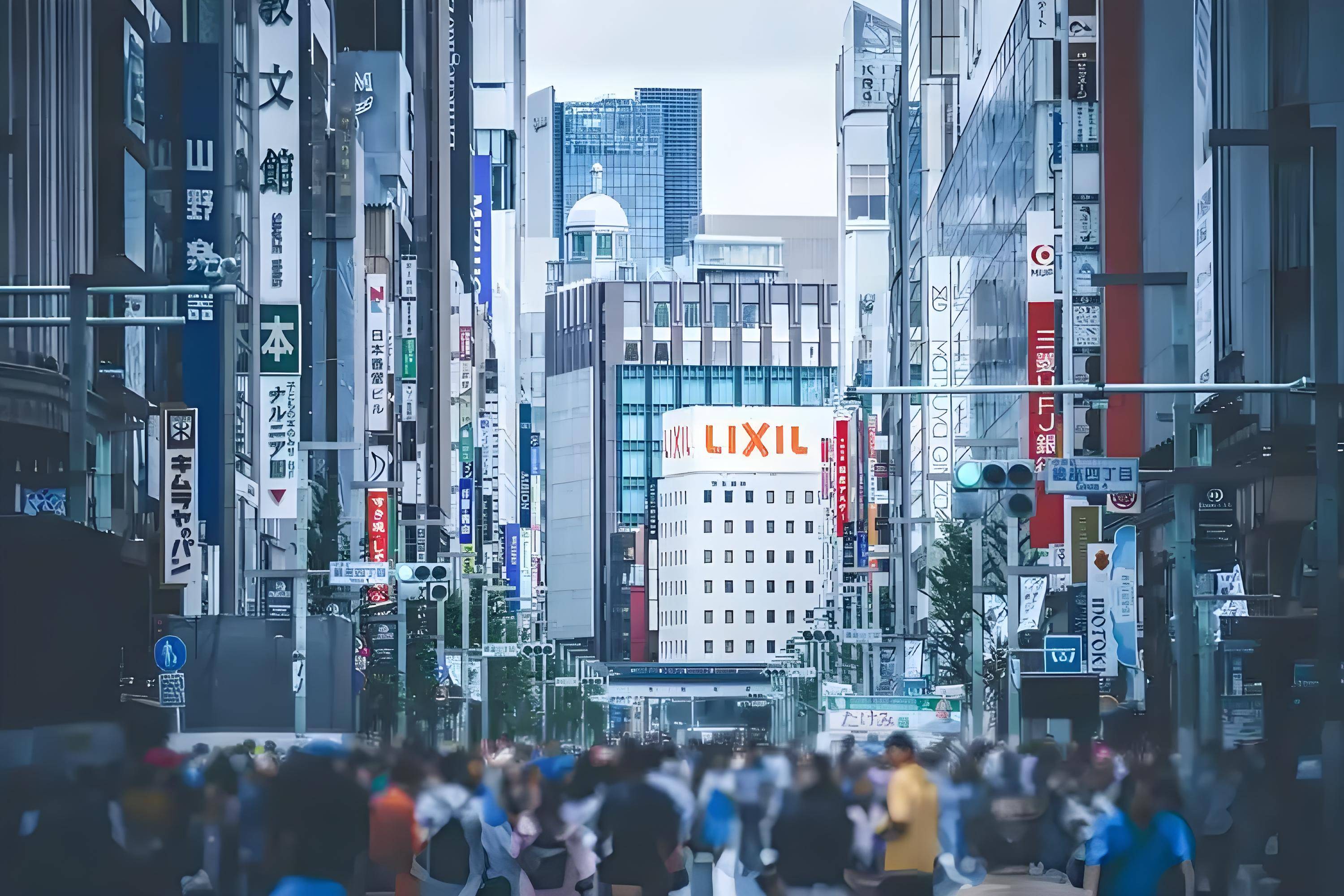
Japan recently released its Q2 economic data, showing that its gross domestic product (GDP) grew by 0.2% quarter-on-quarter. While not particularly impressive, this result still reflects a degree of resilience in the Japanese economy amid the complex and volatile global economic landscape. Meanwhile, the manufacturing Purchasing Managers' Index (PMI) rose to 49.5. Though it remains below the 50 threshold separating expansion from contraction, the improvement from previous levels indicates a modest recovery in manufacturing activity.
A weaker yen emerged as a key driver of Japan’s Q2 economic growth. In recent years, the Bank of Japan has maintained an accommodative monetary policy, tolerating rising long-term inflation expectations, which has contributed to the yen’s depreciation. This currency weakness has significantly boosted Japan’s exports. As an export-oriented economy, a weaker yen enhances the price competitiveness of Japanese goods in international markets. Businesses have been able to sell products overseas at lower prices, driving growth in export volumes. For instance, Japan’s strength industries such as automobiles and electronics saw increased exports amid yen depreciation, contributing positively to economic growth. Data shows that exports of goods and services grew quarter-on-quarter in Q2, with external demand playing an active role in driving GDP expansion.
However, Japan’s path to economic recovery is not without obstacles, as weak consumer spending has become a key drag on its recovery momentum. Despite major Japanese companies agreeing to the largest average wage hikes in 30 years this year, rising prices have outpaced wage growth, leading to a decline in real household income. According to data from Japan’s Ministry of Internal Affairs and Communications, real wages have fallen for consecutive years. Reduced disposable income has dampened consumer willingness and purchasing power. Household real spending has decreased, with food expenses accounting for a growing share of consumption, while spending on big-ticket items like automobile purchases has dropped significantly. This situation has left personal consumption— which accounts for over half of Japan’s economy— making a negative contribution to GDP growth, severely hampering the driving force behind economic recovery.
Looking at the manufacturing PMI, while the rise to 49.5 signals a slower pace of contraction, the index remains below 50, indicating that the manufacturing sector as a whole is still in a contractionary phase. As a pillar of the Japanese economy, the performance of manufacturing is crucial to overall economic health. The failure to cross the 50 threshold highlights ongoing challenges, such as weak external demand due to a sluggish global economy and rising production costs from volatile raw material prices. Nevertheless, the PMI’s recovery also suggests that manufacturing is showing signs of gradual recovery, supported by export benefits from yen depreciation. With improvements in the external environment, the manufacturing sector could see further gains ahead.
Faced with the current economic situation, the Japanese government faces difficult policy choices. On one hand, maintaining accommodative monetary policy could continue to stimulate exports but would exacerbate the financial strain on households, keeping consumer markets depressed while potentially fueling inflationary pressures. On the other hand, tightening monetary policy risks bursting stock market "bubbles," triggering financial market volatility, increasing corporate financing costs, and dampening business investment and production enthusiasm— all of which would weigh on economic growth.
In summary, Japan’s Q2 GDP growth and the recovery in manufacturing PMI reflect a tentative recovery trend, with yen depreciation playing a positive role. However, without effective solutions to address weak consumer spending, Japan’s economic recovery will struggle to gain sustained momentum. Going forward, Japan needs comprehensive adjustments in monetary, fiscal, and industrial policies. It must find ways to boost household incomes and stimulate consumption, support industrial upgrading in manufacturing and other sectors to enhance corporate competitiveness, and navigate challenges from external economic changes. Only through such efforts can Japan achieve healthy and sustainable economic development. Otherwise, its economy may continue to struggle on the path to recovery, trapped in long-standing structural dilemmas.

Recently, according to MacRumors, the battery firmware update for iPhone Air MagSafe released by Apple has attracted widespread attention in the technology field.
Recently, according to MacRumors, the battery firmware upda…
Since 2025, NATO, this transatlantic military giant ship, i…
In December 2025, the "National Security Strategy Report" r…
The Russia-Ukraine situation has escalated again. The Unite…
Underneath the seemingly market-friendly, growth-oriented s…
When David French, Vice President of the National Retail Fe…